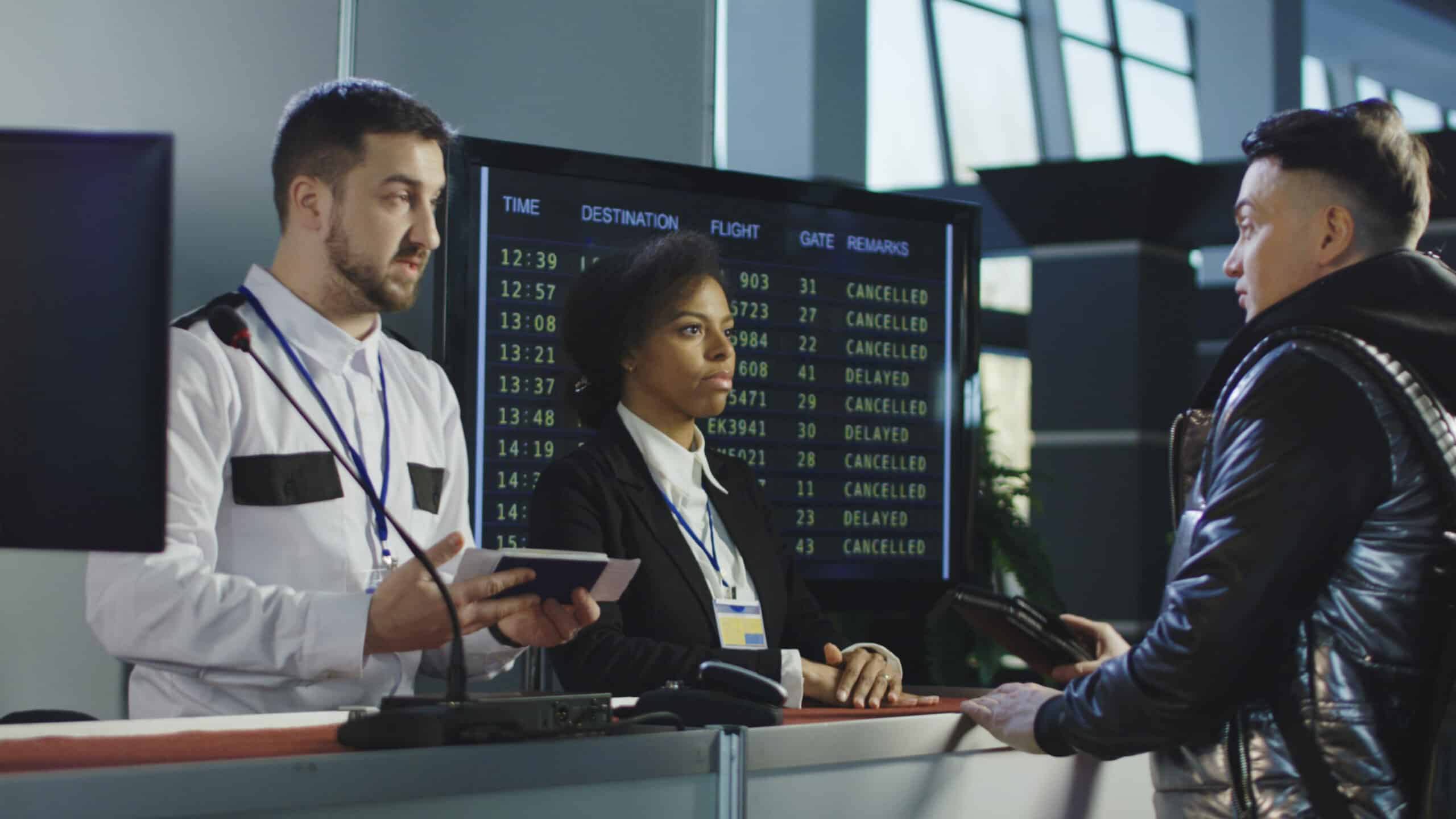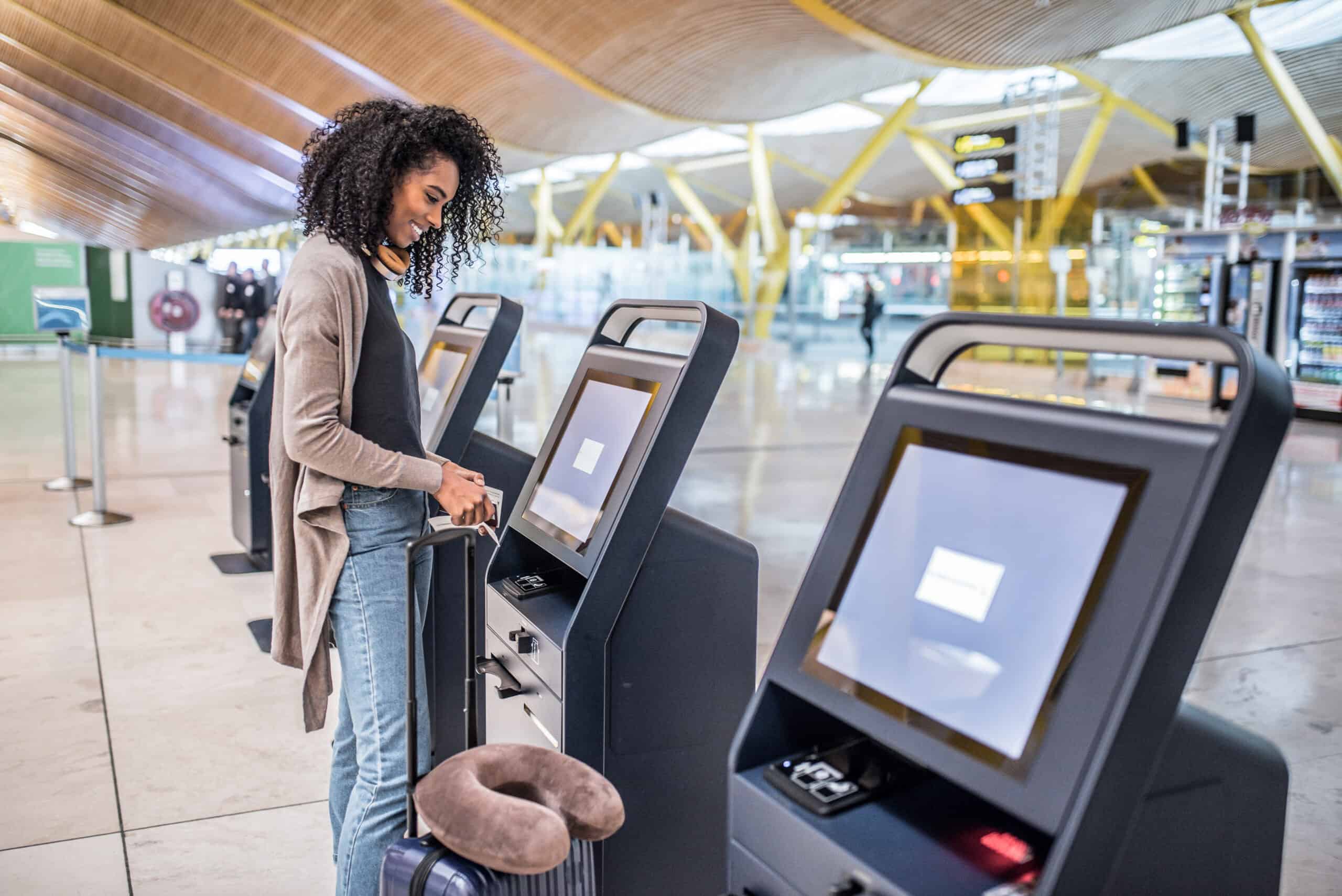
Inadequate passenger identity and document verification frequently enables security oversights in aviation and maritime contexts. Recent UK airport incidents reveal how cunningly falsified credentials evade detection through cursory inspector reviews. Without digital authentication aids, counterfeits matching template designs and key validation points commonly slip through, enabling unauthorised access.
Verified terrorist watchlist individuals repeatedly manage to bypass manual travel documents vetting and board planes or ships undeterred. Expert imposters studying authentication techniques even succeed breaching airside access with fabricated staff credentials.

Infiltration threats rise alongside passenger volumes during peak travel periods. Overwhelmed border staff managing lengthy queues are simultaneously required to identify every intricate passport forgery. It's an enormous operational burden.
Some carriers are yet to take advantage of automated passenger and document check technologies to mitigate risks. Instead, personnel rely on experience and sample documentation manuals to manually verify permitted travel. Pressure from restless queues plus meticulous - yet error-prone - inspections inevitably leads to stressed staff, operational strains, and costly errors.

Industry surveys indicate only 24% of airlines and 5% of cruise operators screen passengers through automated document readers integrated with up-to-date global authentication databases. Consequently, illegitimate travellers with convincing falsifications slip through undetected – an alarming liability within the travel sector's intricate international security protocols.

Through automated document check solutions, carriers can reduce fines and time taken to undertake manual, complex, error-prone checks. Check out our suite of solutions or contact us to address your needs.

"*" indicates required fields